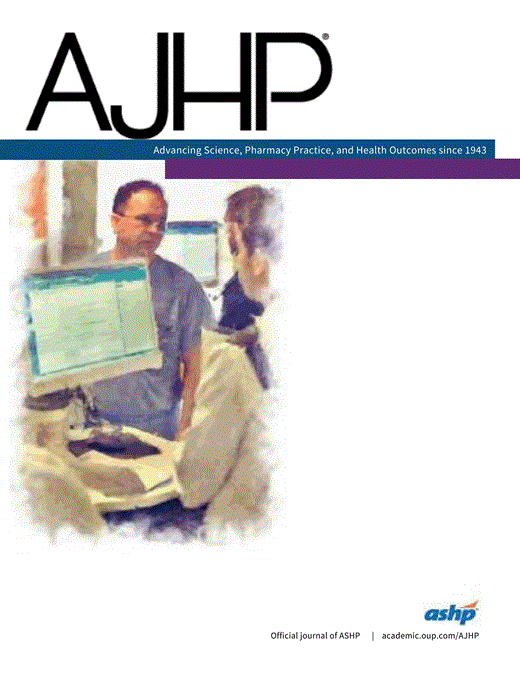-
Views
-
Cite
Cite
Bonnie E. Kirschenbaum, Specialty pharmacies and other restricted drug distribution systems: Financial and safety considerations for patients and health-system pharmacists, American Journal of Health-System Pharmacy, Volume 66, Issue 24_Supplement_7, 15 December 2009, Pages S13–S20, https://doi.org/10.2146/ajhp090462
Close - Share Icon Share
Abstract
Purpose. To discuss the role of restricted drug distribution systems in the implementation of risk evaluation and mitigation strategies (REMS), health-system pharmacists’ concerns associated with the use of specialty pharmacies and other restricted drug distribution systems, reimbursement policies for high-cost specialty drugs, supply chain models for traditional and specialty drugs, and emerging trends in the management of and reimbursement for specialty pharmaceuticals.
Summary. Restricted drug distribution systems established by pharmaceutical manufacturers, specialty pharmacies, or other specialty suppliers may be a component of REMS, which are required by the Food and Drug Administration for the management of known or potential serious risks from certain drugs. Concerns of health-system pharmacists using specialty suppliers include access to pharmaceuticals, operational challenges, product integrity, financial implications, continuity of care, and patient safety. An ambulatory care patient taking a specialty drug product from home to a hospital outpatient clinic or inpatient setting for administration, a practice known as “brown bagging,” raises concerns about product integrity and institutional liability. An institution’s finances, tolerance for liability, and ability to skillfully manage the processes involved often determine its choice between an approach that prohibits brown bagging but is costly and one that permits the practice under certain conditions and is less costly. The recent shift from a traditional supply chain model to a specialty pharmacy supply chain model for high-cost pharmaceuticals has the potential to increase pharmaceutical costs for health systems. A dialogue is needed between health-system pharmacists and group purchasing organizations to address the latter’s role in mitigating the financial implications of this change and to help clarify the safety issues. Some health plans have shifted part of the cost of expensive drugs to patients by establishing a fourth tier of drugs with a large copayment based on a substantial percentage of the cost of the drug. The number and cost of specialty drugs are expected to increase in the future. New approaches and reimbursement models are emerging to manage the high cost of new pharmaceuticals.
Conclusion. Health-system pharmacists can improve drug safety and manage costs by collaborating with group purchasing organizations, establishing policies for brown bagging, and making efforts to reconcile drug therapy provided in different settings through traditional drug channels and specialty pharmacies or other restricted drug distribution systems.






Comments